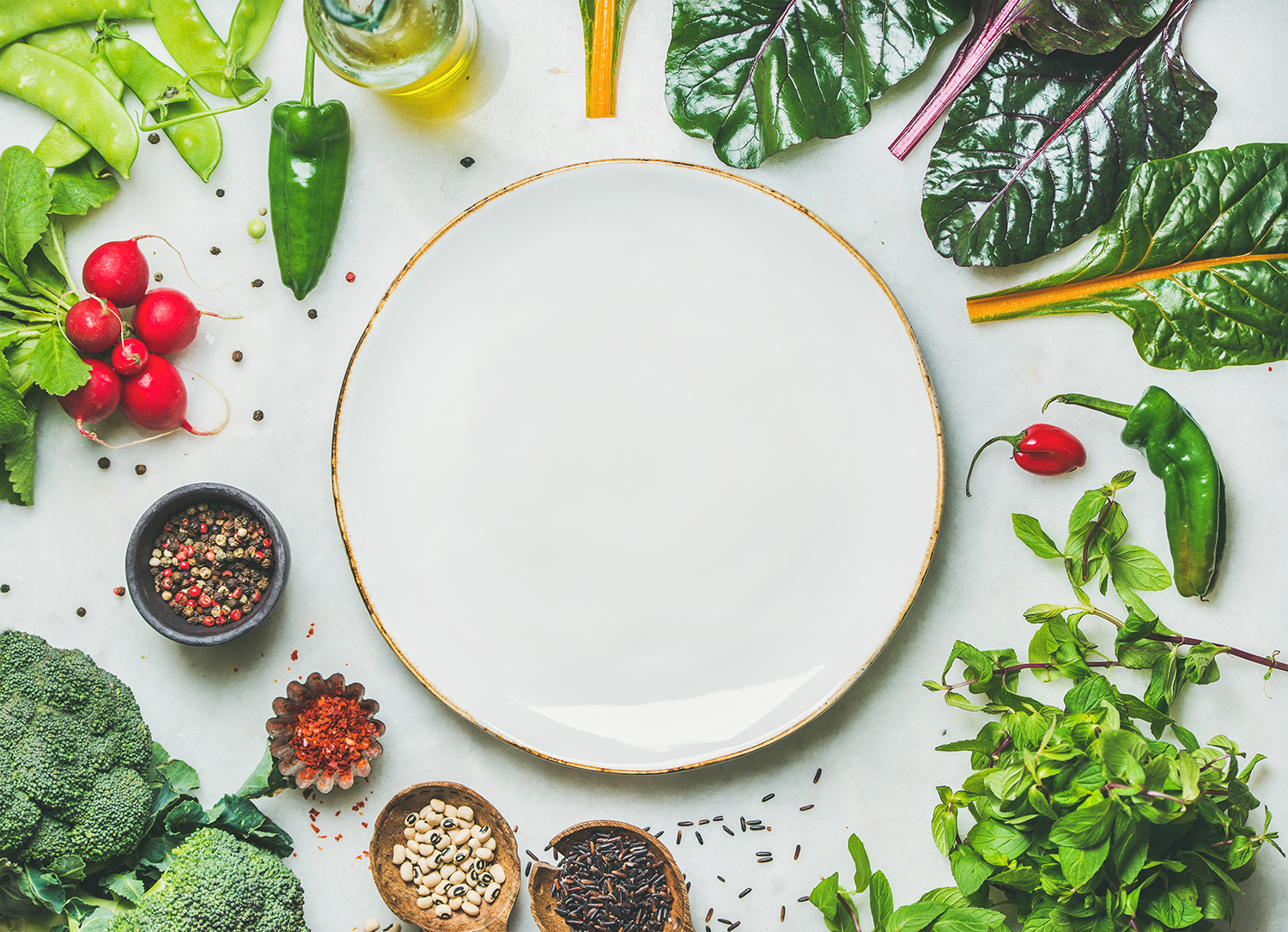Blame it on the Hormones!
As if navigating through the complexities of our bodies and maintaining good health is not hard enough,our hormones tend to have a will of their own!
With women, hormones are held responsible pretty much every condition or problem. It’s because they pack a powerful punch and are that important. They send a slew of signals shooting through your body, having an effect on your body temperature, metabolism, emotions, cognitive function, sexual function, and reproductive growth, and health. When they are tipped off the scale by the smallest degree, the resulting endocrine disorders can practically override your daily life.
So what happens?
When you age, your progesterone and oestrogen levels decline with the former dropping at a much faster pace. The power play now rests with oestrogen and you experience menopause. Other possible causes of these imbalances are toxins, the environment, chronic stress, and an improper diet.
The most common hormonal imbalances among women are PMS (premenstrual syndrome) and PCOS or polycystic ovarian syndrome. The symptoms that usually play out are mood swings, tender breasts, irregular or heavy periods, water retention, acne, excess hair, thinning hair, weight gain, reduced sex drive, depression, and sweet cravings (for real).
Now, in order to tame your hormones and keep them in absolute harmony, women are mostly put on the pill. But more often than not, it isn’t sustainable because the minute you get off it symptoms return. However, there is one tool (for the most part) that can balance those imbalanced chemicals: a hormone balancing meal plan.
Hormone balancing meal plan for women
- ½ plate: non-starchy vegetables
- ¼ plate: healthy protein
- ¼ plate: whole grain
Ideally,include 2 servings of fruit at max along with 4-6 servings of veggies each day in your hormone balancing foods. Meals should be a combination of healthy fats, clean protein, herbs, and antioxidant-rich vegetables.
Proteins :
- Beans
- Quinoa
- Lentils
- Soaked or sprouted nuts
Healthy Fats :
- Coconut oil
- Raw butter/ghee
- Avocados
- Nuts and seeds such as flaxseed, walnuts, chia seeds
- Olives
- Raw cultured dairy products
- Wild-caught fish
Herbs and Spices :
- Turmeric
- Cinnamon
- Cumin
- Ginger
- Garlic
Vegetables :
- Spinach
- Asparagus
- Cabbage
- Cucumbers
- Kale
- Red cabbage
- Bell peppers
- Tomatoes
- Carrots
- Sweet potatoes
- Beets
- Turnips
Low glycemic index foods – Foods that balance your sugar levels
A healing alternative for hormonal imbalance, especially if you have diabetes is consuming low glycemic foods or smaller portions of high glycemic foods along with some healthy fat and protein.
Low to Moderate: yogurt, black beans, apples, oranges, peas, leafy vegetables, milk, tomatoes.
Moderate to High: oats, potatoes, bananas, raisins, pita bread, brown rice, carrots, kidney beans, soy beans.
High: corn, basmati rice, cakes, white bread, and pasta.
Hormone-Balancing Meal Plan
Breakfast :
- Balance between healthy fats and protein.
- Keep out the starchy carbs. For instance, drink up a green protein smoothie or green juice.
- Add fruit, nuts, and hemp, for a better nutrient balance.
Lunch :
- A bowl of salad is perfect. Think fresh and cooked veggies.
- Amp it up with protein from lentils, quinoa, salmon, etc.
Dinner :
Keep it similar to the lunch plate, but add in some carbs such as sweet potato if you’re hungry.
While adding these foods can help get that perfect balance on the hormone scales, there are other categories that disrupt them and need to be nixed. Use caution when you consume:
- Caffeine
- Alcohol
- Polyunsaturated fats
Your takeaway
Your body has an incredible ability to stay in balance and heal when nourished with the right kind of nutrients, nurturing, and regular endocrinology tests. And then, you can say hello to a glowing skin, copious amounts of energy, fertility, and a happier you!











